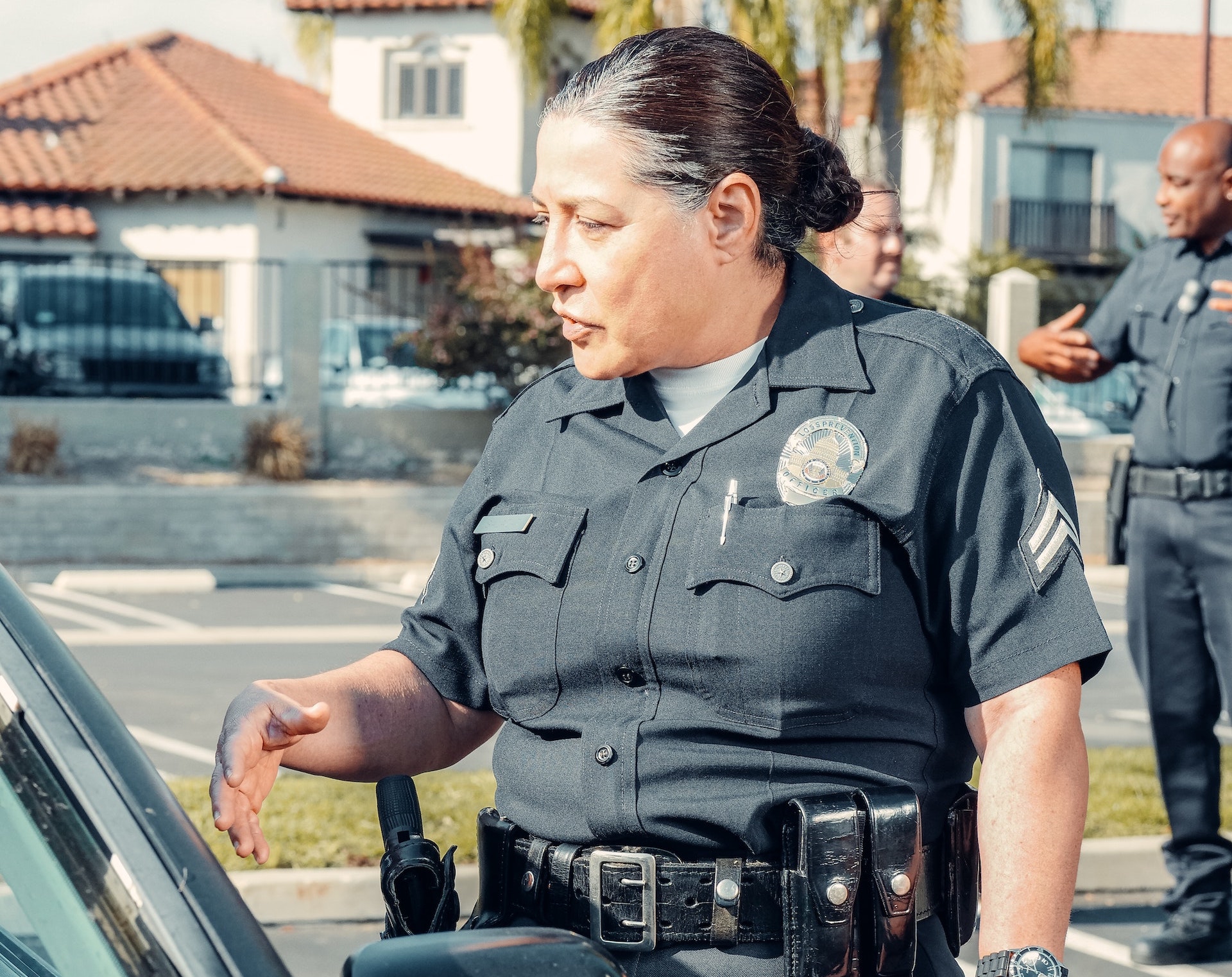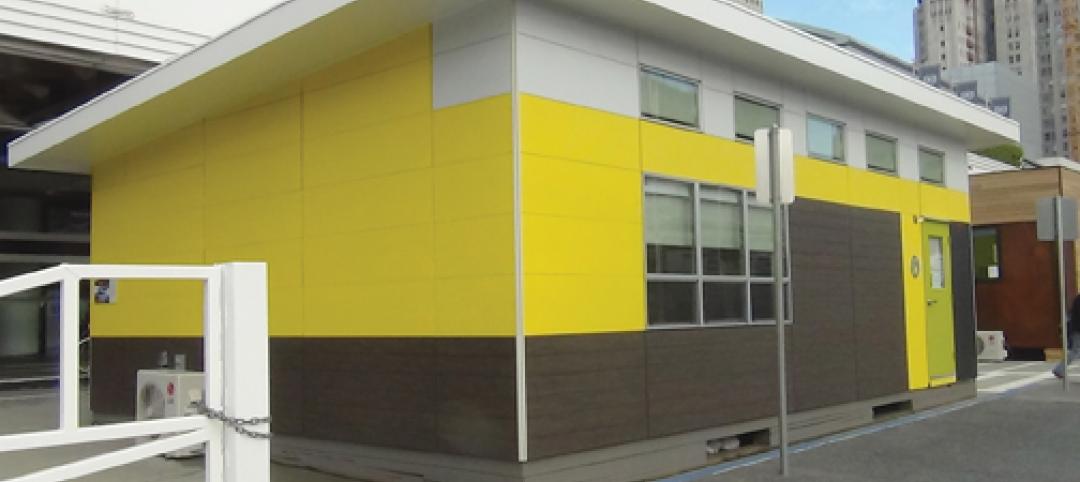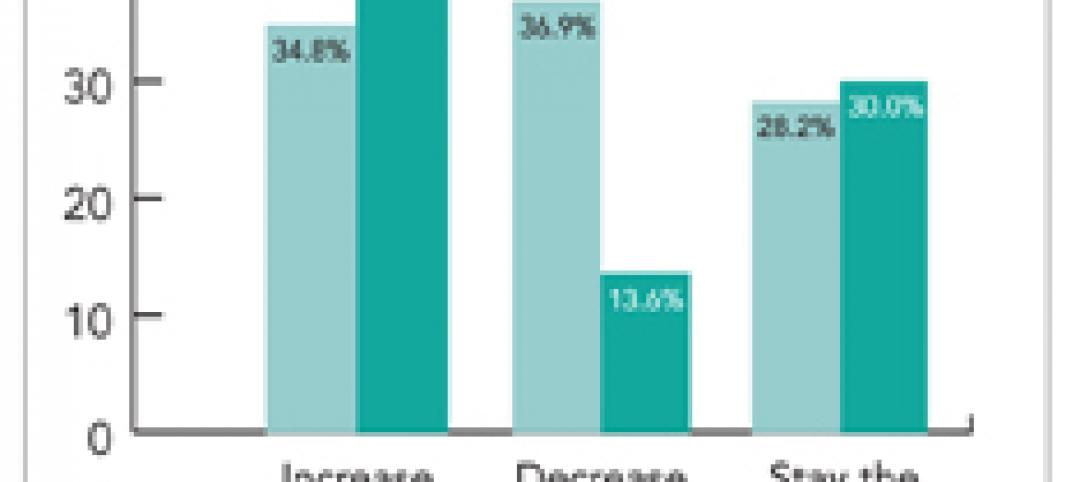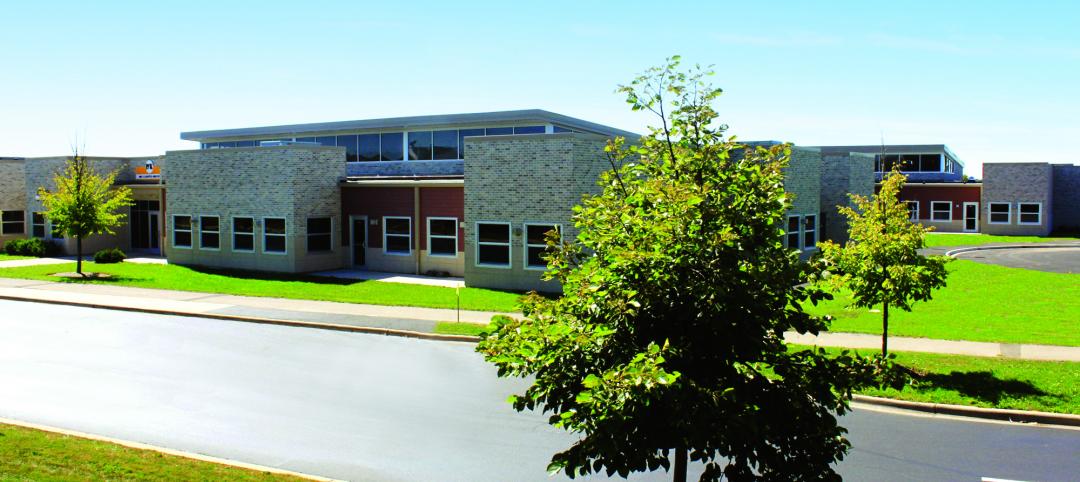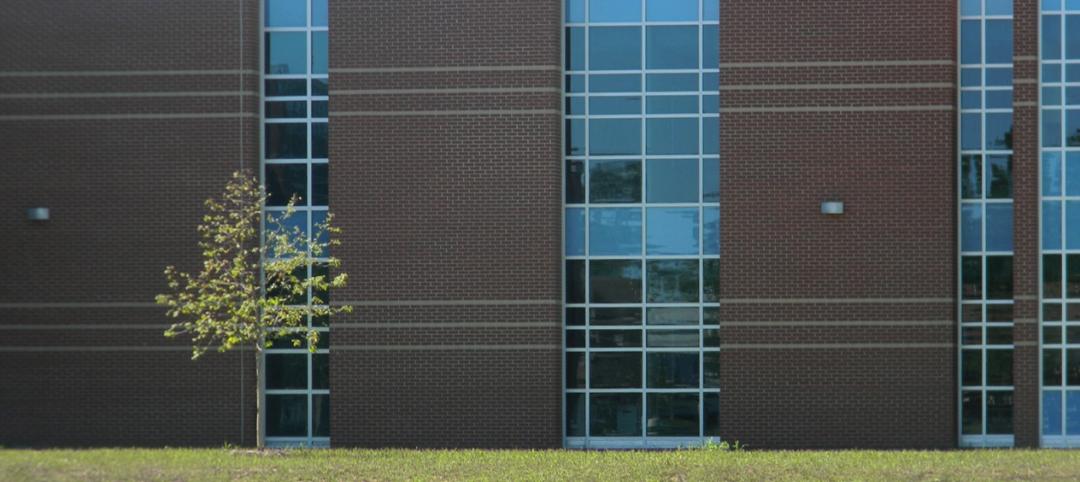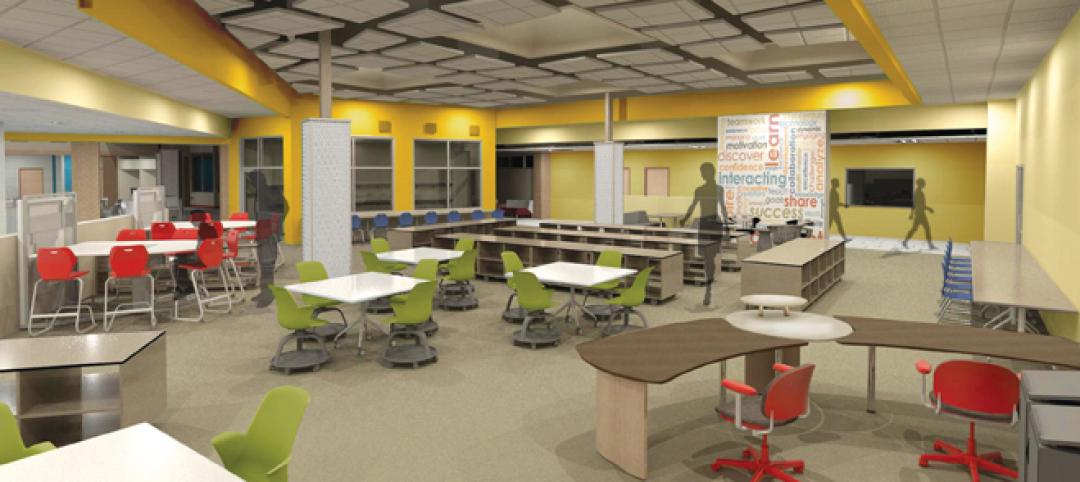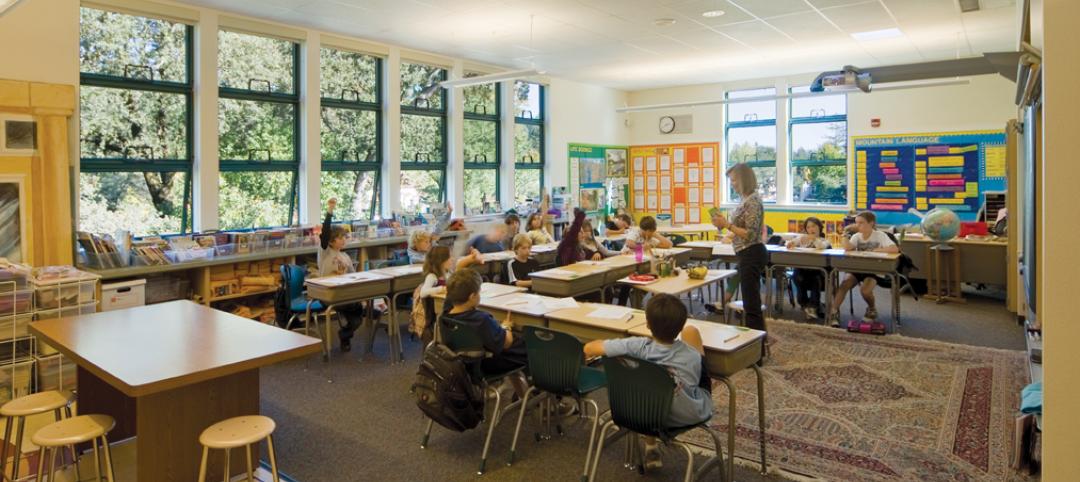Recently released federal data shows that U.S. schools have significantly raised security measures in recent years.
About two-thirds of public schools now control access to school grounds—not just the building—up from about half in the 2017-18 school year. Some 43% of schools have a “panic button” or silent alarm that connects directly with police in case of emergency, up from 29% five years ago.
A strong majority, 78%, outfit classrooms with locks, up from 65% a few years ago. Random metal detector use was reported in 9% of schools, with 6% using this equipment daily. Many schools have campus police, but just 3% arm teachers or other non-security employees.
Last year, more than 330 people were fatally shot or wounded on school grounds, up from 218 in 2018, according to the K-12 School Shooting Database, a research project that tracks incidents of a gun being fired or brandished on school property.
Related Stories
| Feb 5, 2013
8 eye-popping wood building projects
From 100-foot roof spans to novel reclaimed wood installations, the winners of the 2013 National Wood Design Awards push the envelope in wood design.
| Dec 9, 2012
Greenzone pop quiz
Greenbuild attendees share their thoughts with BD+C on the SAGE modular classroom.
| Dec 9, 2012
Modular classroom building makes the grade
SAGE modular classroom opens eyes, minds at Greenbuild 2012.
| Dec 9, 2012
AEC professionals cautiously optimistic about commercial construction in ’13
Most economists say the U.S. is slowly emerging from the Great Recession, a view that was confirmed to some extent by an exclusive survey of 498 BD+C subscribers whose views we sought on the commercial construction industry’s outlook on business prospects for 2013.
| Nov 19, 2012
Modular and Site-Built Construction Combine to Accelerate School Delivery
In Pingree Grove, Ill., DRH Cambridge Homes selects modular construction for the creation of the Cambridge Lakes Learning Center, home of a new charter school for the village community's growing student population.
| Nov 11, 2012
Greenbuild 2012 Report: K-12
High-performance schools put ‘sustainability’ in the lesson plan
| Oct 22, 2012
Two-Hour Curtain Wall Lets Light In and Keeps Fire Out at Prairie Hills Junior High School
New school’s south-facing elevation features a glazed aluminum curtain wall that incorporates PPG Solarblue and PPG Solarban 60 glazing.
| Sep 7, 2012
Net-zero energy pioneers on the el-hi frontier
Getting to net-zero is not easy, but the promise of eliminating energy bills and using state-of-the-art technology as a learning lab can make a compelling case to reach for net-zero.
| Sep 7, 2012
The keys to success in the K-12 school market
When educators and school administrators describe their vision for new K-12 school buildings as ‘21st-century learning spaces,’ they’re not exaggerating. Many new schools are truly different in concept from their counterparts of only a few years ago.
| Jul 20, 2012
2012 Giants 300 Special Report
Ranking the leading firms in Architecture, Engineering, and Construction.


